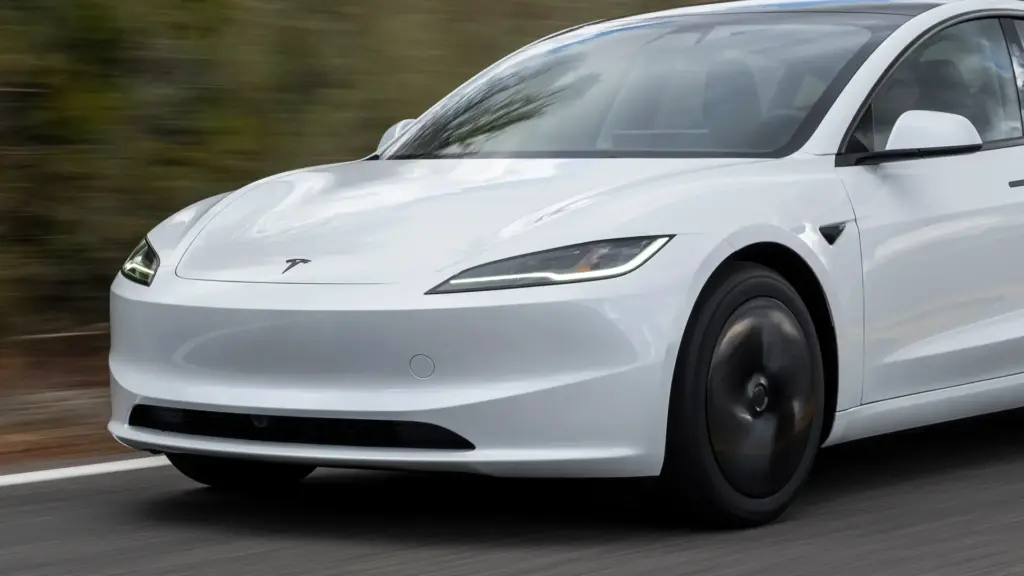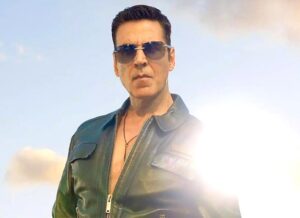
In a significant shift for electric vehicle (EV) infrastructure in Australia, Tesla has announced that over two-thirds of its Supercharger sites are now accessible to all EVs. This expansion, backed by state government funding and a robust supply chain, positions Tesla’s network as the most extensive and reliable in the country.
Tesla currently operates 130 charging locations with 817 plugs across Australia. Of these, 86 sites, comprising 564 posts, are open to non-Tesla drivers. This move is part of a strategic investment partnership with Australian government funding bodies rather than a mere act of goodwill.
Government Partnerships and Strategic Expansion
According to Tesla Australia Company Director Thom Drew, the New South Wales government has played a crucial role in funding these locations. “The New South Wales government has semi-funded a lot of our locations, and one of the stipulations is that it’s not just exclusive for Tesla,” Drew explained.
This arrangement allows Tesla to expand into regional areas where it might not have ventured independently. “It’s a double-edged sword for us. It’s allowing us to get into regional areas that we may not be ready to invest in from a user perspective, but it also helps all EVs,” Drew added.
“We have 86 open sites (564 posts). That’s 66 per cent of all sites and 69 per cent of posts,” says Tesla Australia Marketing Manager, Kevin Goult.
Reliability and Service Excellence
The Tesla network boasts a nearly 100 percent service rate, a testament to the company’s investment in its service, parts, and maintenance supply chain. “We have a full service team that maintain it [chargers]. We obviously have our own parts supply. A lot of the parts are actually shared across the vehicles into the charging technology so we manage the whole thing with live data,” Drew noted.
Such reliability addresses a significant barrier for many Australians considering electric vehicles. “That figure, the 99.5 per cent uptime, is the Australian figure of the average of 2024 – and that’s full service energy flow,” Drew stated.
“You hear this charger in this remote town has been out for six months as there are no parts – we are the total opposite of that,” said Drew.
Cost Implications for Non-Tesla Drivers
While the expanded access is a boon for EV adoption, it comes at a cost for non-Tesla drivers. Many sites charge up to $0.85 per kWh during peak times, compared to $0.61 for Tesla drivers and $0.72 at other branded sites.
“It can be expensive, obviously, to invest in this and getting the right power to particularly remote locations can be hard. Making sure that we’re building just in time to where the demand is – is how we do it,” Drew explained.
Future Prospects and Expansion Plans
Since entering the Australian market in 2010, Tesla has seen substantial growth, yet Drew acknowledges there is still much potential. “We see where our customers drive. We have all that data and that helps us influence our decisions on where to open up new stations,” he said.
The company aims to overcome the uncertainty drivers face regarding charging stations. “What if I can’t find a reliable charging station? That’s the type of stuff that we want to overcome and give customers that certainty that it’s not going to disrupt their lifestyle,” Drew concluded.
As Tesla continues to expand its network, the implications for the EV market in Australia are profound. The collaboration between Tesla and government bodies not only accelerates infrastructure development but also sets a precedent for future partnerships in the renewable energy sector.






